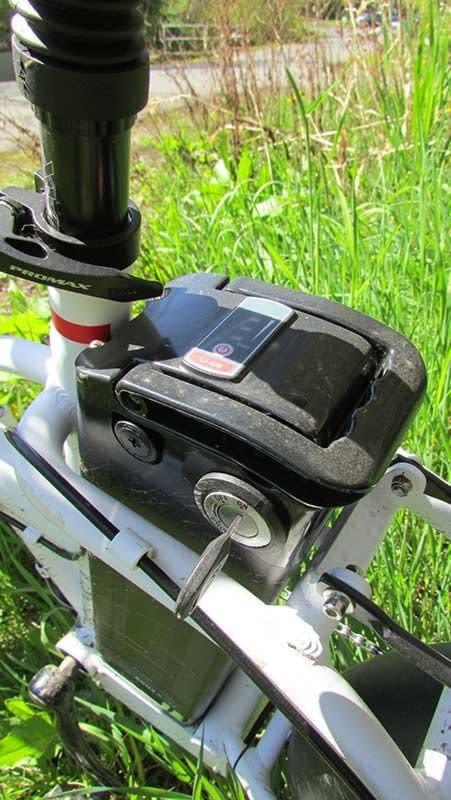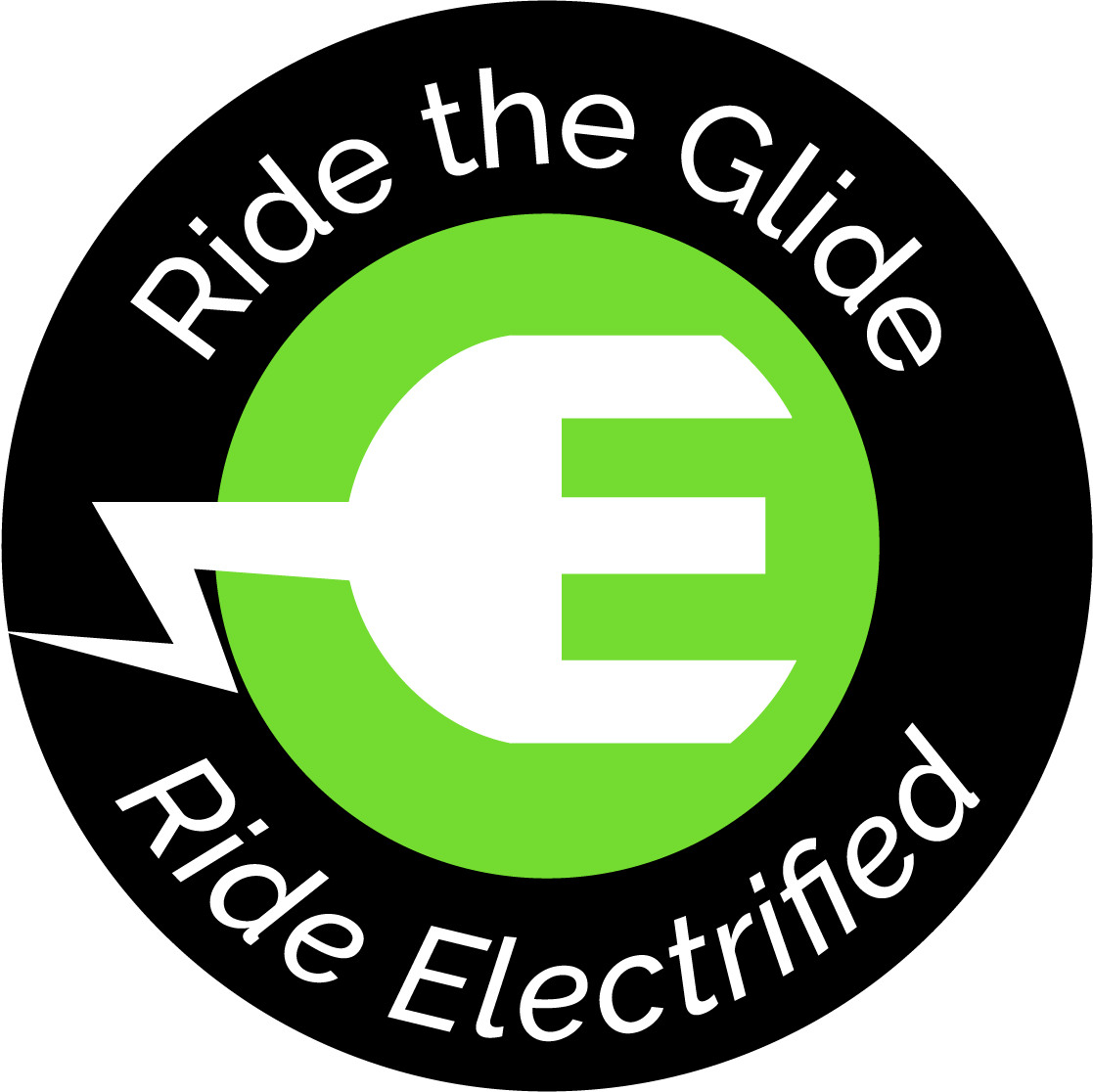One of the most frequently asked questions when it comes to electric transportation is “how far does it go?” This can also be one of the hardest questions to give a concrete answer to. There are many factors that are at play when it comes to getting the most out of your battery life. And that goes for every device that has a battery be it a bike, Segway, unicycle or car. Which is what makes it so hard to give a one size fits all answer. Do you go by battery calculations? Best case scenario test rides, or worst case scenario? Meet somewhere in the middle?
This guide is specifically for electric bikes but the same principles apply to all electric powered transportation.
What are the Factors?
If you think about it all of the factors that play into how far you’re going to get on a charge make sense, but don’t forget to take them all into consideration.
Speed: The fast you go the more battery power you will eat up, this particularly applies to accelerating.
Weight: This is the overall weight which includes yourself, the bike and any gear. The more weight the more power will be used to maintain speed.
Temperature: This is one most people don’t think of but makes a huge difference on battery life. Batteries will lose power much quicker in cold temperatures.
Terrain: You’ll get a lot further to a charge riding on flat smooth pavement then you will on rough hilly trails.
Motor power: The power draw of your motor should also be taken into consideration, the more power you ask for the quicker you will drain the battery.
Battery capacity and chemistry: Obviously the amount of power a battery holds will have a huge impact on what range you get. But the chemistry of the battery and the make are important too.

It’s All About Management
Battery Calculations
To help you figure out how far you can go on a battery charge you can do these battery calculations. While it will help you get an understanding of what your battery is capable of, never forget that there are many factors at play.
volts x amps = watt hours
And you can expect to get approx 1 km per 12.5 watt hours if you ride fairly conservatively.
Lets look at our rental bikes as examples.
XT 500: 48 v x 13.2 amp = 633.6 watt hours
Approx. 50 km to a charge
CT 350: 36 v x 10.4 amp = 374.4 watt hours
Approx. 30 km to a change







Leave A Comment